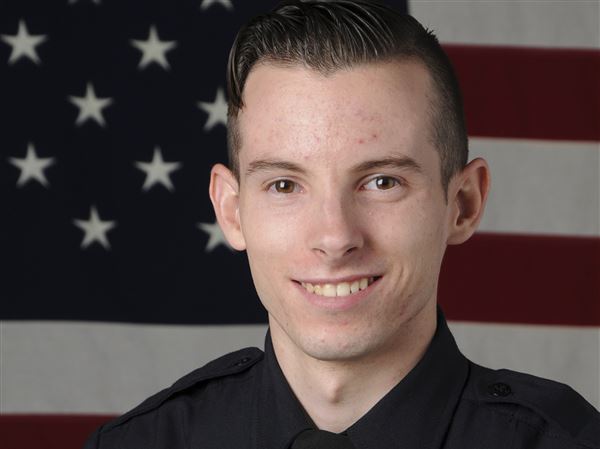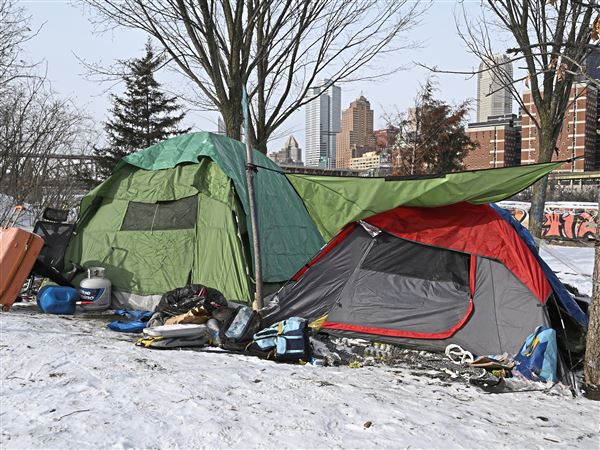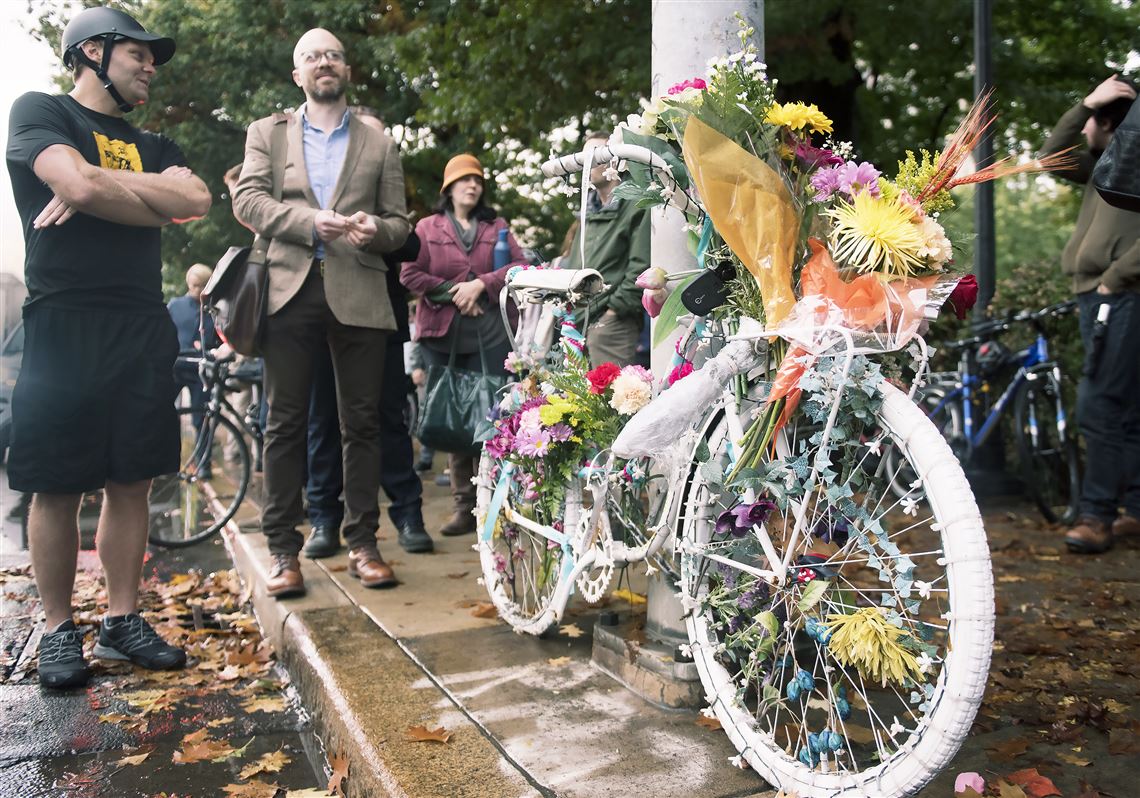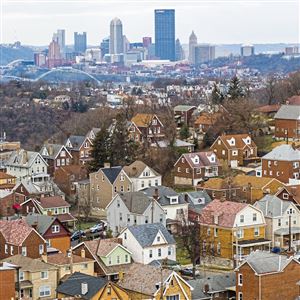The numbers are stark and concerning: Deaths from bicycle accidents increased 12.2 percent nationwide in 2015, the highest percentage increase in any traffic category that year and the biggest yearly increase in bike deaths in two decades.
The figures were part of a 75-page study released last week by the Governors Highway Safety Association titled, “A Right to the Road: Understanding & Addressing Bicyclist Safety.” The study, funded through a grant by State Farm insurance, recommends 30 steps states can take to improve safety for bicyclists, including better education of motorists and bikers, safer road designs and better, well-promoted traffic laws.
Officials in Pennsylvania and Pittsburgh say they already are taking steps to improve safety for bicyclists, including a $1 million federal grant the state will use to address bike and pedestrian safety over the next three years.
The study showed bicycle deaths reached a low of 621 in 2010 but have increased an average of 55 a year since 2011, reaching 818 in 2015, the most recent year data is available. Researchers concede there are more people using bicycles in recent years, especially with the growth of bike-sharing services in cities across the country, but it’s difficult to determine the exact number and whether the percentage increase correlates to the increase in deaths.
“State highway safety agencies are tasked with addressing road user behavior through public awareness, so they are uniquely positioned to educate people about the safety benefits of engineering improvements and build support for better roadway design,” Jonathan Adkins, the association’s executive director, said in a news release.
“While engineering solutions are vital, states and communities cannot solely build their way out of the problem. These changes should be accompanied by education and enforcement to be most effective.”
The study provides a profile of bicycle fatalities that has changed over the years.
In 1975, 78 percent of bicycle fatalities involved riders who were 20 years old or younger, but the numbers for 2015 show 88 percent were 20 or older and the average age was 45. One of the biggest reasons for the change, the study said, is that nearly half of children walked or biked to school in the late 1960s, compared to just 2.2 percent now.
In addition, six times more men than women die in bicycle accidents, figures that have stayed about the same since 1975. In 2015, 697 men (85 percent) and 119 women were killed.
About 70 percent of the accidents occur in urban areas, half of them during the day, and 72 percent of them in areas other than intersections.
One of the biggest areas of concern, the study said, is that 89 percent of motorists said they didn’t see the bicyclist before the crash. Researchers said the best way to improve safety in urban areas is for more bikers to take to the streets.
The study did not break the numbers down by state. But the Pennsylvania Department of Transportation reported that 16 bicyclists died in the state in 2015 and 16 more in 2016.
Karina Ricks, Pittsburgh’s director of mobility and infrastructure, agreed. The city is working to establish better biking lanes in Downtown and Oakland neighborhoods, among others, and to slow traffic to improve safety for everyone.
“What we can do with more bicyclists is create more predictability so motorists know what the bicyclist is going to do,” she said. “The more bicyclists we have, the more motorists are looking out for them and anticipating they are there. That familiarity is important.”
Eric Roerer, advocacy director for Bike Pittsburgh, said additional dedicated lanes will be helpful, but agreed that volume is the ultimate answer.
“One thing that makes bicyclists more visible is more bicyclists,” he said.
In Pennsylvania, the state required PennDOT to hire a bicycle-pedestrian coordinator as part of the Act 89 transportation bill in 2013. Since he was hired two years ago, Roy Gothie has overseen a number of initiatives, including revising the state’s master plan for bicyclists and pedestrians for the first time since 2007 and the type of permit local communities need to install bike lanes.
Mr. Gothie said PennDOT will begin implementing the master plan over the next six months, stressing the health benefits of riding and walking. Other initiatives include the department working with local communities when planning begins for new projects, updating the Bicycle Driver’s manual and an on-line quiz about bike laws where wrong answers will show areas for greater emphasis.
The federal grant will be used to improve data analysis, set up focus groups to discuss interactions between bikers and motorists and provide seed grants for increased bike law enforcement, among other items.
Some critics resent spending road funds on bicycle facilities, but Mr. Gothie said they are being shortsighted.
“The real message is they are all legal road users,” he said. “Roads that are safer for people that walk and bike are safer for everyone. I think that’s really how you have to look at it.”
The GHSA study can be viewed online here.
Ed Blazina: eblazina@post-gazette.com, 412-263-1470 or on Twitter @EdBlazina.
First Published: August 27, 2017, 4:00 a.m.
















